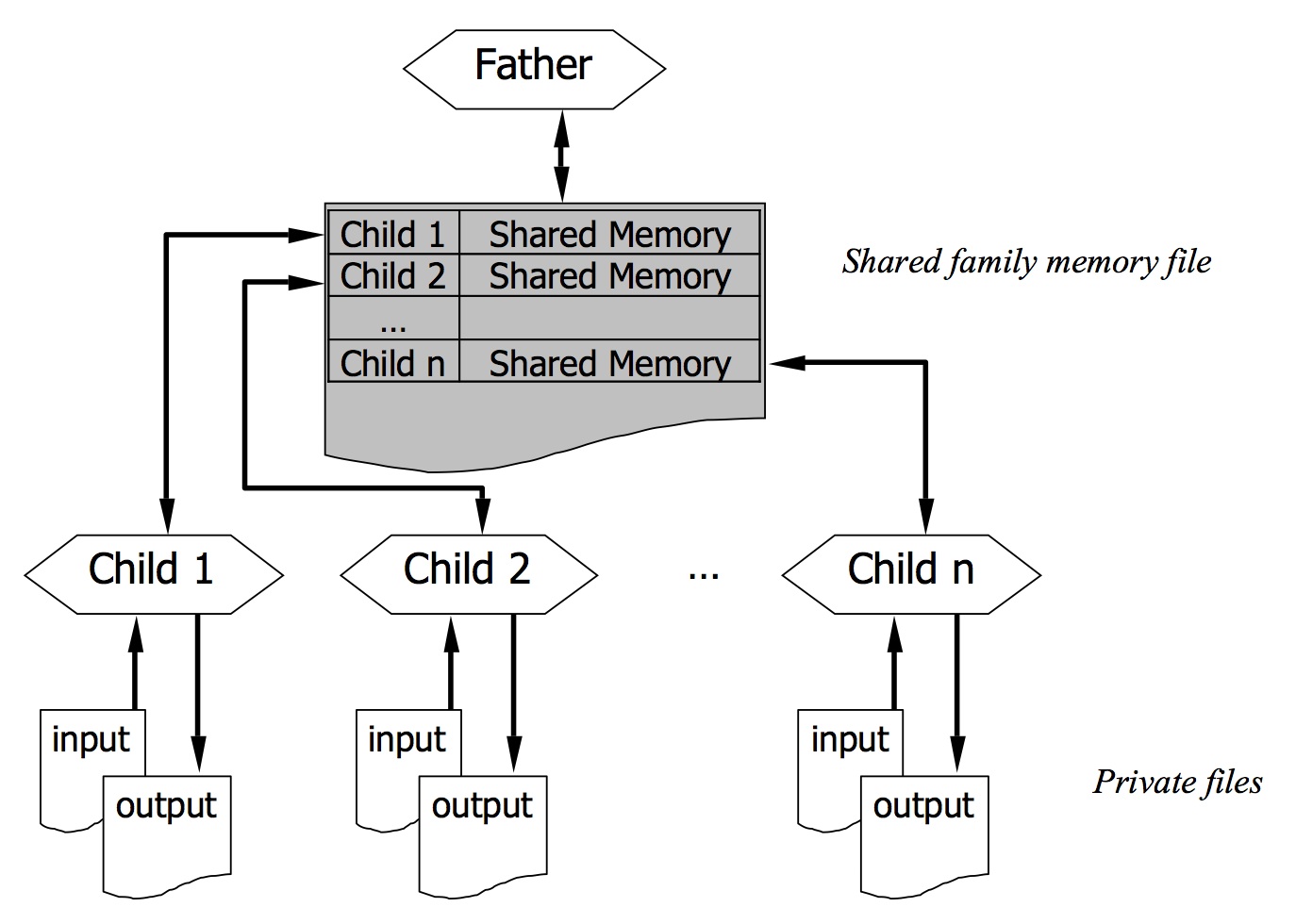SUPERMAGNET

Overview
SUPERMAGNET provides an answer to a basic need of superconducting magnet designers, namely to consider in his daily work various and different configurations of superconductors in a magnet, with disparate cooling modes and power supply connection, and for each of them a spectrum of operating conditions. Each of these situations is analyzed using basic tools and methods that are common to most configurations, but are sequenced differently according to the analysis to be performed in a specific magnet system, and for a specific operating condition.
 Details
Details
The CryoSoft suite of codes
THEA
(Thermal, Hydraulic and Electric Analysis of Superconducting Cables),
FLOWER
(Hydraulic Network Simulation),
POWER
(Electric Network Simulation of Magnetic Systems),
HEATER
(Simulation of Heat Conduction),
MrX
(Generic Data Exchange) provides a basis for well optimized and flexible tools
for the analysis of specific issues in superconducting magnet systems.
SUPERMAGNET is the manager application that launches two or more of the above
codes, schedules their communication and terminates execution as appropriate.
The codes communicate through a data exchange mechanism (described later)
that achieves the desired physical coupling and makes it possible to describe
a series of processes such as:
- effect of helium expulsion during thermal transients on the proximity cryogenics;
- regulation of cryogen flow and valving conditions, subject to transient response in superconducting cables;
- evolution of the coil current during quench, including the effect of quench resistance, and coupling within segments of the same magnetic system;
- cooling of a coil with thermally coupled parallel channels;
The mechanism by which SUPERMAGNET couples processes is described schematically below.
SUPERMAGNET is the father process of an arbitrary number of children processes. This
family of processes (father and children) shares direct read/write access of a series
of files constituting the shared family memory.
 The child process is in general a time stepping algorithm, progressing a simulation
from one time step to the next. At each time step, the child writes results to the
shared family memory file, to be used by the father, and, eventually, by other children
processes.
To proceed with the time stepping, in most common cases the child has to receive results
from other processes. The results to be exchanged are written on the shared family memory
file. The child reads the results, and proceeds with the time stepping.
The child process is in general a time stepping algorithm, progressing a simulation
from one time step to the next. At each time step, the child writes results to the
shared family memory file, to be used by the father, and, eventually, by other children
processes.
To proceed with the time stepping, in most common cases the child has to receive results
from other processes. The results to be exchanged are written on the shared family memory
file. The child reads the results, and proceeds with the time stepping.
 Version
Version
April 2021, version 2.1a
 Installations
Installations
- Mac OSX (native development platform)
- Linux (e.g. RedHat, Fedora, Ubuntu, and other distributions)
- UNIX (e.g. AIX on RISC-6000, Solaris on Sun-Spark, DEC Alpha,
HP UX, and other)
- CYGWIN (port available to run under Windows, not supported)
 On-line documentation
On-line documentation
Download the manual in Pdf format for the latest version of SUPERMAGNET.
